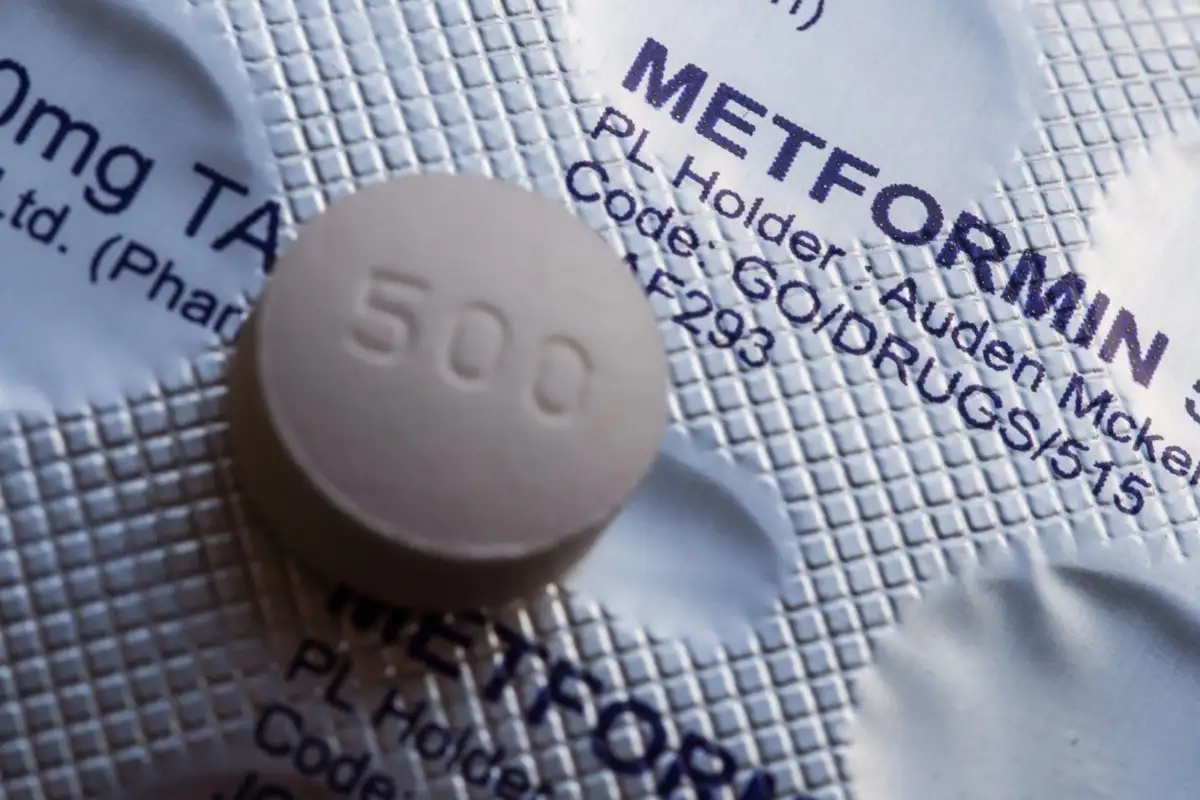To commemorate the 100 years of independence, the Central government has begun working on a vision plan for a ‘future-ready India’. In this context Confederation of Indian Industry (CII) organised the 4th Life Sciences Conclave with the theme “Roadmap for Indian Life Sciences @ 2047”. A white paper released by CII on the Way Forward for lifesciences. To achieve the biggest milestones in the lifesciences and Pharmaceutical sectors over the next 25 years, India needs to focus on four strategies; Innovation & Commercialisation, Sustainable Production, Internationalisation and create a Business Environment and develop the lifesciences infrastructure and regulatory frameworks for ease of doing business.
Speaking at the virtual platform, Bhagwanth Khuba, MoS Chemical & Fertiliser and Ministry of New and Renewable energy, said in his message“ The Indian pharmaceuticals market has characteristics that make it unique. . India plays an important role in manufacturing various critical, high‐ quality and low‐cost medicines for Indian and global markets. The industry has contributed immensely not just to Indian but to global healthcare outcomes. The sector forms a major component of the country’s foreign trade as well, with attractive avenues and opportunities for investors. The outbreak of the COVID-19 brought out the risk of disruption of supply chain of critical bulk drugs for the Indian pharmaceutical sector, highlighting the need for India to attain a sufficient degree of self-reliance in bulk drugs. In this regard the Department of Pharmaceuticals prepared two schemes for promoting domestic manufacturing of critical KSMs/ Drug Intermediates and APIs by attracting investments in the sector to ensure their sustainable domestic supply and thereby reduce India’s import dependence on other countries for critical KSMs/Drug Intermediates and APIs.”
S Aparna, Secretary, Department of Pharmaceuticals, Ministry of Chemicals and Fertilizers said, “ Showed three important routes to bring mainstream of lifesciences research that are biosimilars and RNA vaccines, stem cell and gene therapy and ability to bring natural products.
Inclusion, Innovation and Integration are the key words
Dr V.K Saraswat, Member, NITI, Aayog said, that the emerging important areas are genome sequencing, DNA splicing, CRISPR CRAS are the fastest growing domains. With development of nano robotics, transgenic free varieties of GM food will be common entity in future. Agriculture scientists will develop edible vaccines. Precision agriculture, genome engineering will help in innovative technology. Early intervention and better prognosis of diseases will drive the lifesciences sector. Another field emerging is tissue engineering in generating artificial organs. India needs to secure rich biological wealth. Lifesciences is an important part of healthcare and projected to touch 150 billion dollar by 2025. Some of the initiatives have taken place in the last decade has broadened the scope. Investment is key. Private equity firms are going to bolster new areas. Sustaining position in novel vaccine, reducing morbidity and mortality. Ethical policy development and venture technologies are important areas
Vivek Kamath, Co-Chairman CII National Committee on Pharmaceuticals & Managing Director Abbott India Ltd, said, “ Healthcare is one of the priority sectors for 2047. Government through various policies and schemes are encouraging of an efficient lifesciences sector. The covid affected the healthcare sector but gave opportunity for the industry to transform. One key word that came up during the pandemic was ‘collaboration’ that helped in combatting the pandemic. Collaboration can become a burning desire
Satish Reddy, Chairman, Dr Reddy’s Laboratories, mentioned, “ We are in the 75th year of independence and the theme of the conclave resonates very well with what the industry has to achieve. All around the globe 20% of generic medicines are made in India. Aspiration is to reach 400 billion dollars by 2047. One area where we are aspiring to be demonstrating capability is in innovation. Need to disrupt existing ways. There is immense opportunity in expanding the entire lifesciences biosimilars innovation. Success eludes us. We have the ability for new drug discovery as well as achieve discovery of newer molecules. For this adequate funding and investments are required as well as tax rebates for R&D. Also there is a need for industry academia collaboration for translational research.
Dr Renu Swarup said “Moving to the next 25 years we need to leverage on the opportunities we have built for ourselves but cannot be based on an incremental increase of what we have done. We have to keep up with the pace of technology. Collaborations are the key to success and there need to be convergence in research.”
At the platform CII and Cadila Pharma launch joint national campaign for rabies-free India by 2030. As a part of the campaign to make India rabies-free by 2030, several activities for awareness and prevention of rabies will be undertaken at the national and state level under the aegis of the government of India.
By 2047 we will see the beginning of a demographic, epidemiological and environmental shifts so we should be ready with Lifecourse immunisation.- UNICEF.






















